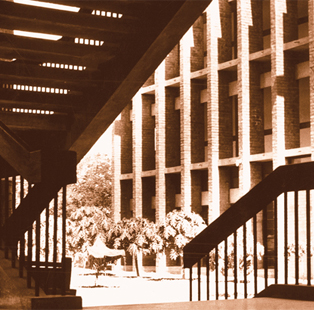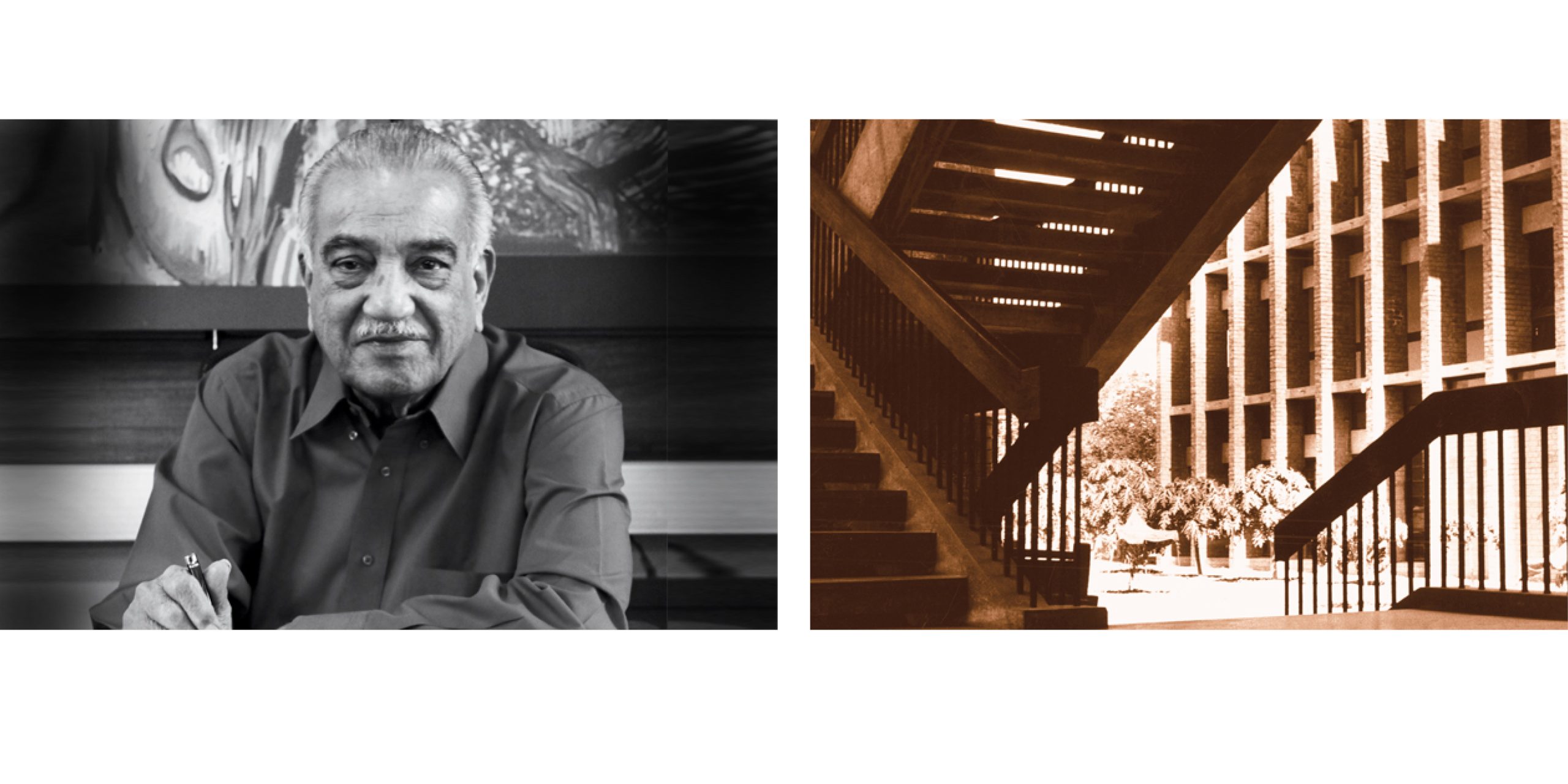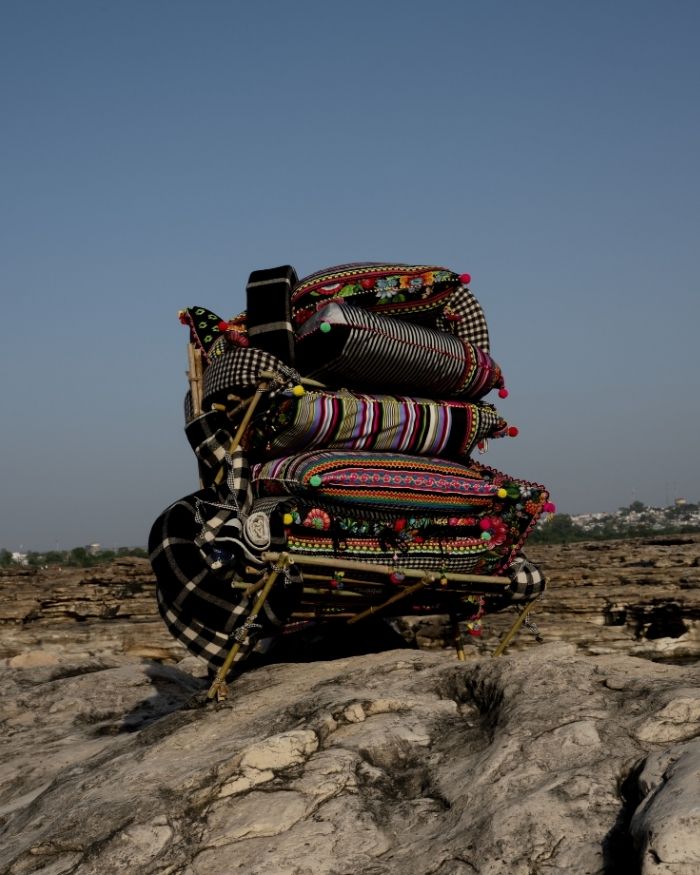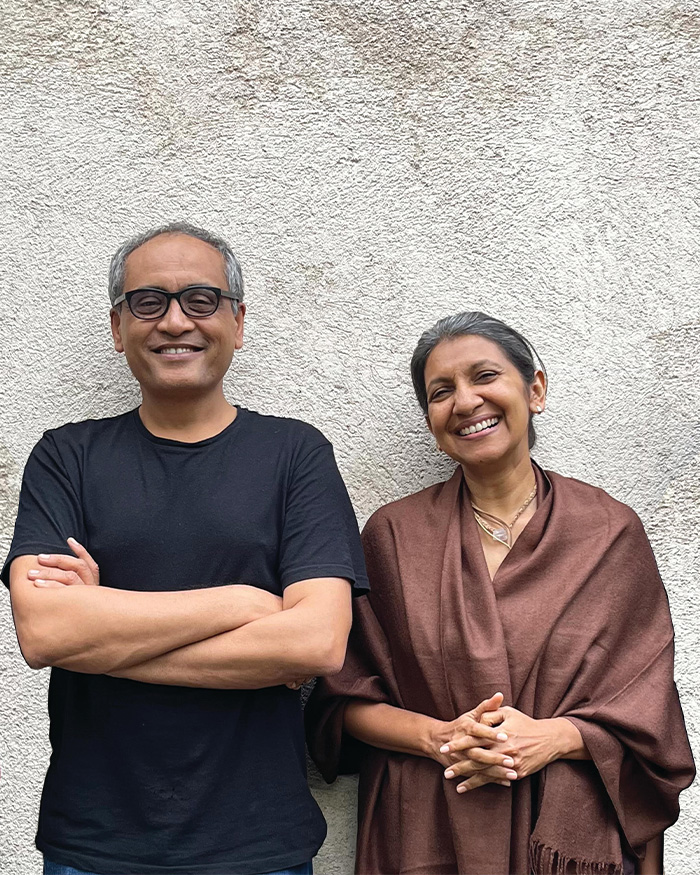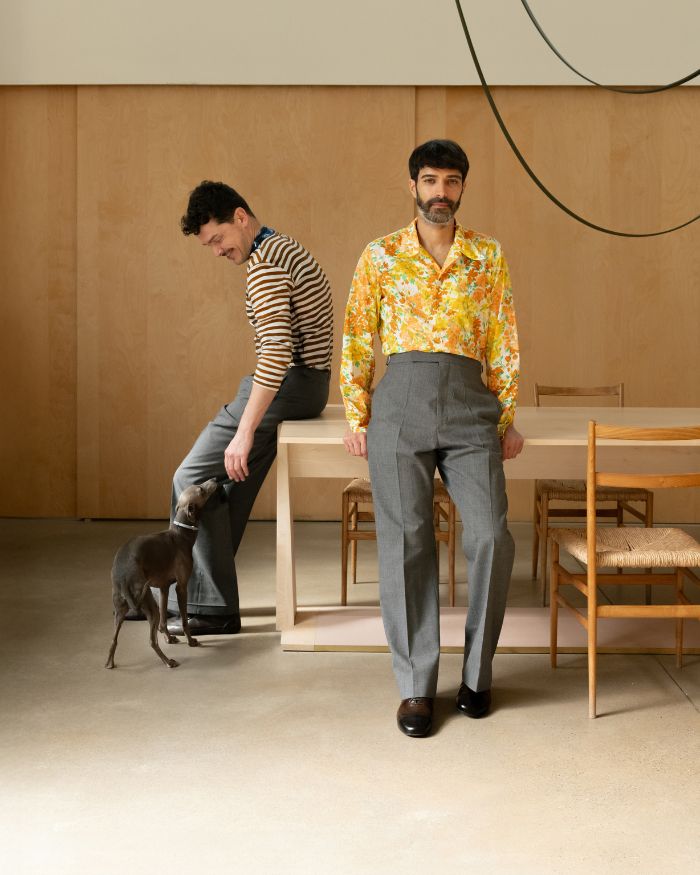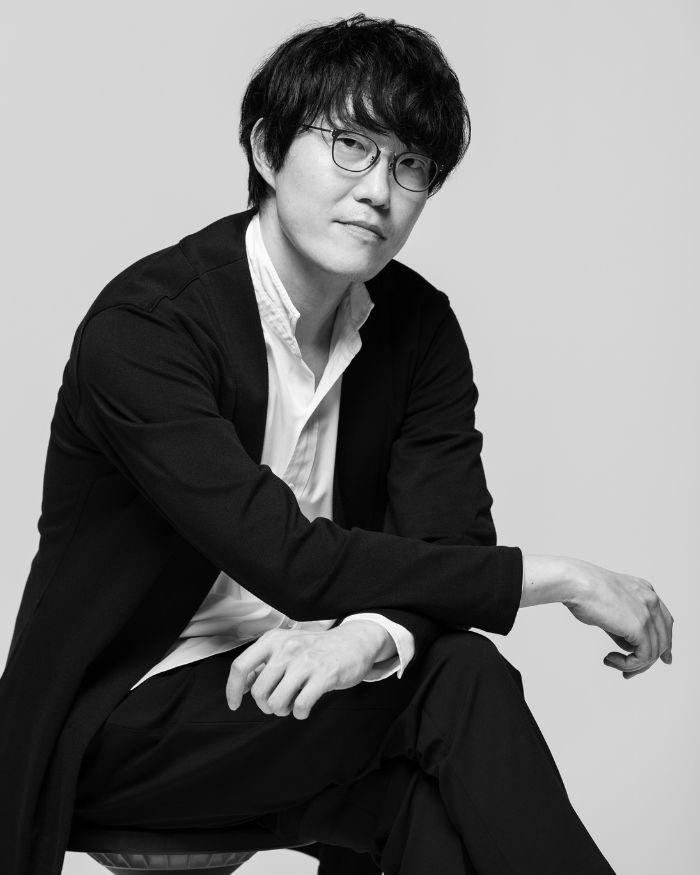Visionary modernist architect Hasmukh Patel passed away last week, leaving behind a legacy. With his career spanning over 40 years, and receiving accolades like the Aga Khan Award and the Prime Minister’s National Award for Excellence in Urban Planning and Design, Hasmukh will be remembered for his ability to build architecture that exuded sublime geometry. As a tribute, we’re republishing one of his first projects, the Newman Hall in Ahmedabad, from the Dec 2013- Jan 2014 issue. Rest in peace, Hasmukh.Born to a civil engineer in a village in Gujarat, Hasmukh Patel always knew architecture was his calling. He backed his love for the subject with education, going from Maharaja Sayaji University, Baroda to Cornell University, New York in the ‘50s, an era when rational outlook reigned. This creative was honed in a period when builders sought simple and direct resolutions to complexities. Like for most entrepreneurial ventures, early years were tough at his eponymous firm but a simple regular plaster job at St Xavier’s College, Ahmedabad changed it all. Reverend Brother Martin Aroquistain SJ, impressed with his dedication, gave the 27 year old his big break: An opportunity to design a commune for priests in the city that included series of rooms, a dining hall, a chapel and a small office block, later christened Newman Hall. Designed for the Society of Jesus and completed in 1968, the hostel was accessed by a single column porch and a parlour, covering a built up area of about 41,000 sq ft on three floors. Owing to the scarcity of cement in the ‘60s, the project was constructed in exposed brick and concrete. A simple H shaped plan with an internal courtyard, each floor was endowed with generous corridors. Linking them, the staircase was free of risers and set into the yard, almost like a sculptural form. The material palette was basic with nine inch brick walls, exposed RCC, mosaic tiles for flooring and steel for doors and windows. The disciplined life of Jesuit seminaries is evidently reflected in the complex’s straightforward form. Despite the raging influence of Corbusier’s Brutalist style amongst young architects then, the legend preferred to carve his own niche. “I was reluctant to subscribe to any particular manner. I wanted my designs to be architectural interpretations of the client’s needs and emerge from a rigorous problem solving approach. They had to be simple, honest yet elegant, contextual, climate responsive and timeless,” he reiterates. And Newman Hall is just that. Its most distinguishing feature is the main facade. The front was in need of protection from harsh climate, an issue resolved with ingenuity, using slender brick columns that provide additional shade to deep set windows. Fabricating this element, however, posed challenges. As the brickwork would be seen on all sides, greater skill of construction was required. “Fortunately, Reverend Brother Martin was interested in taking charge and together we built a sample column as a test,” he divulges. Hasmukh designed a type of formwork which was to be moved up as the column was made, a trick that worked splendidly. The vertical extensions are evidently separated from the main structure and pushed higher than the roof level to add a sense of animation. “Looking at my drawings now, I am reminded of the influence of Professor Kent from Cornell. He taught me that every line an architect draws affects not just the appearance of the building but the way the space is experienced,” he discloses. After over 50 rewarding years, the icon has swapped his drawing board – switching from cities to canvases. He has put down his drafting sheet and picked up a paint brush. Once a creative….

